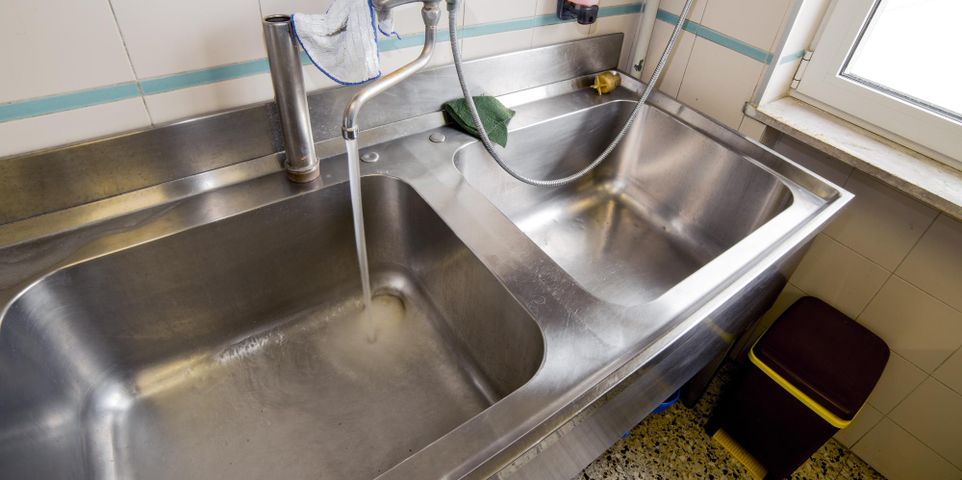
Every restaurant should have a grease trap installed in their sink system. While many restaurateurs have heard of these waste removal features, some aren’t sure what these appliances do and how frequently to schedule grease trap cleaning. If you’re about to open your first brick-and-mortar eatery, here’s what you should know about grease traps and their role.
What Restaurant Owners Should Know About Grease Traps
What does it do?
A grease trap is a container situated under the sink or outside, and it filters fats, oils, and greases (FOG) from the waste. The mixture cools in the trap, then the FOG separates and floats to the top while water and liquids continue to the sewer.
Why does my restaurant need one?
Many cities have municipal codes that require eateries to use these unique containers and maintain regular grease trap cleaning. A dirty trap can’t separate the FOG, and the materials will flow into the sewer. The fats, oils, and greases will clog the pipes as they solidify, potentially contaminating the city’s water.
How can I maintain the trap?
 Schedule regular appointments with a technician to ensure the trap is functioning properly. During these checkups, they’ll clean the trap and inspect it to ensure the gasket seal is intact. Most restaurants require grease trap cleaning every three months; however, busier kitchens may benefit from monthly appointments.
Schedule regular appointments with a technician to ensure the trap is functioning properly. During these checkups, they’ll clean the trap and inspect it to ensure the gasket seal is intact. Most restaurants require grease trap cleaning every three months; however, busier kitchens may benefit from monthly appointments.
You can also install drain covers to prevent food debris from entering the trap and clogging the system. Train employees to thoroughly scrape leftovers into the garbage before rinsing them. You should also tell them to pour oil from fryers directly into grease containers and never down the drain, as it can’t handle pure grease.
Which size should I buy?
Check your local plumbing codes to learn if the government requires the grease trap to have a certain water flow rate or tank size. Think about how much water your kitchen will use, as the trap capacity needs to be twice the amount of water entering the container. For example, a 20-pound capacity trap has a 10-gallon-per-minute filtering rate.
Average exterior grease traps hold around 1,000 gallons or more. However, kitchens that do a lot of frying will need larger grease traps since their dishes, pots, and pans will have more FOG than others.
Once your eatery is up and running, remember to schedule regular grease trap cleanings so that it continues to function properly. The team at Around the Clock Pumping has helped restaurant owners throughout Anchorage, Kenai Peninsula, and Mat-Su Valley maintain clean traps for over 17 years. To get more information about their services, visit the website or call (907) 345-9126.
About the Business
Have a question? Ask the experts!
Send your question

